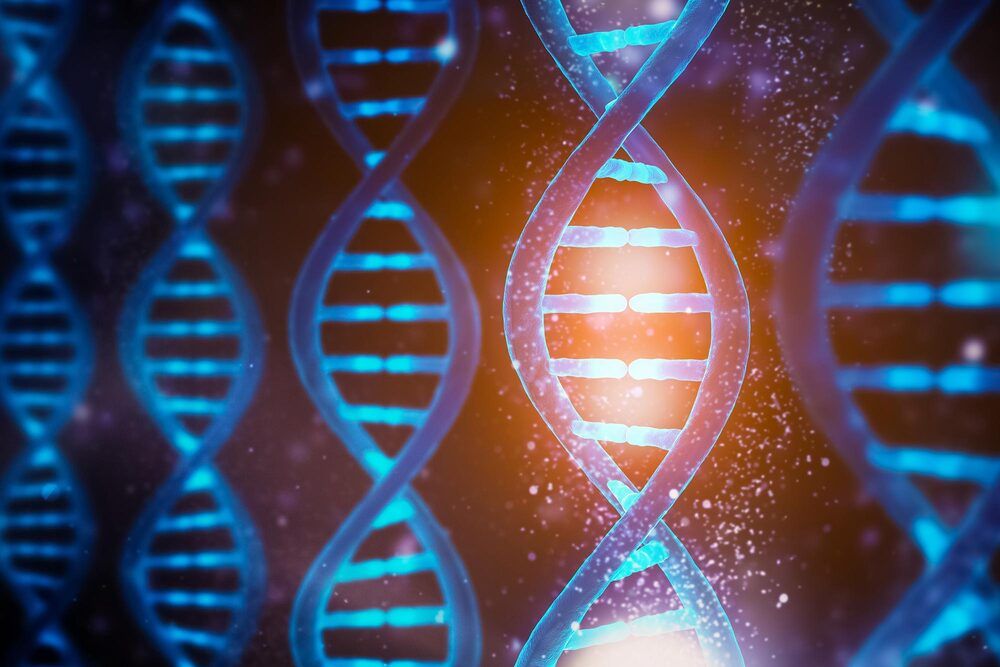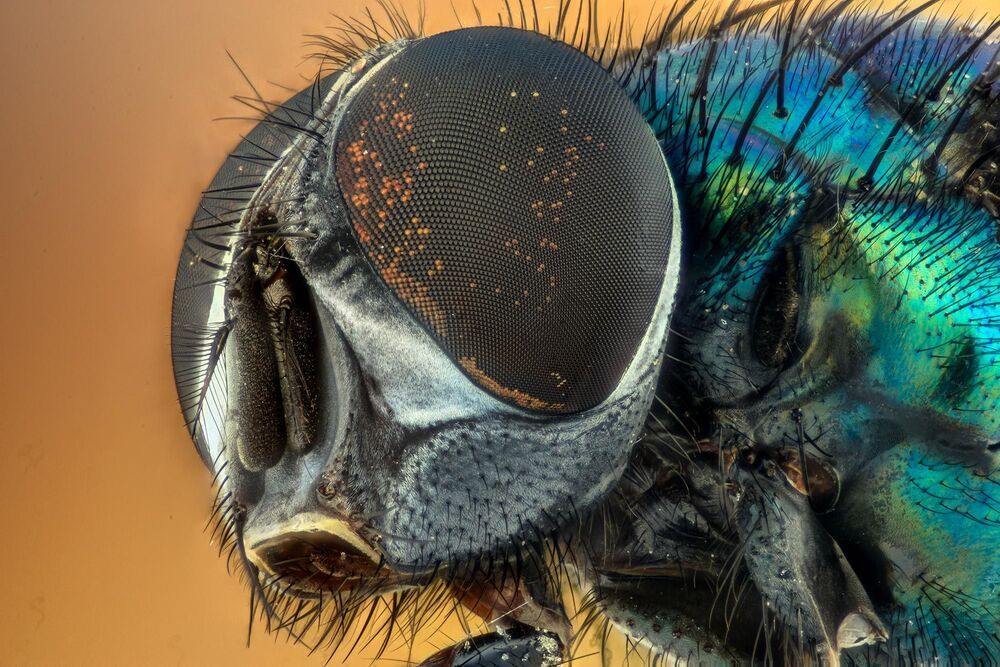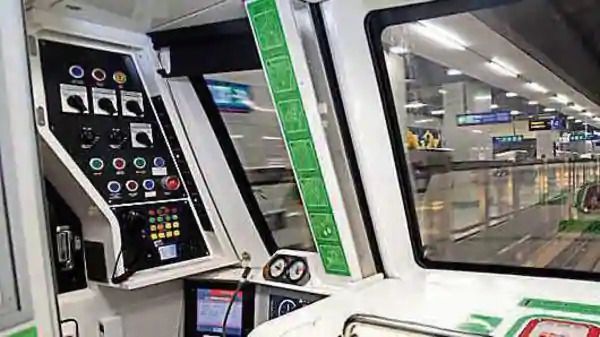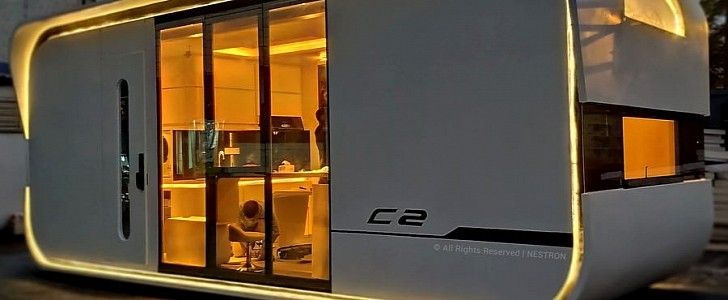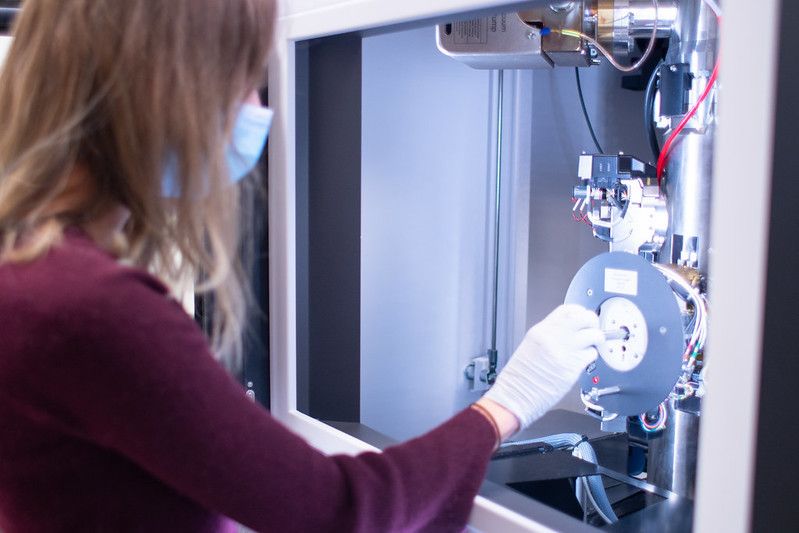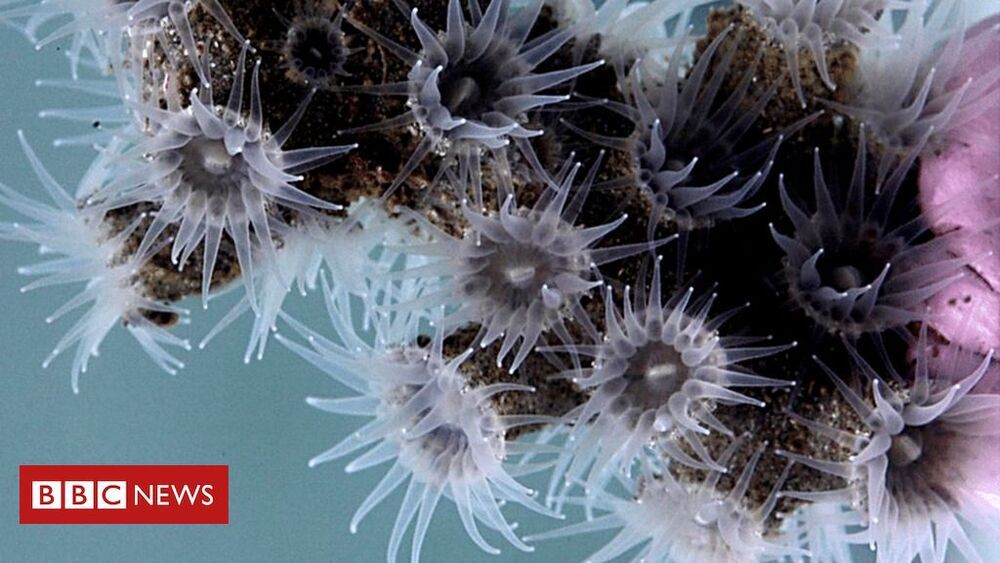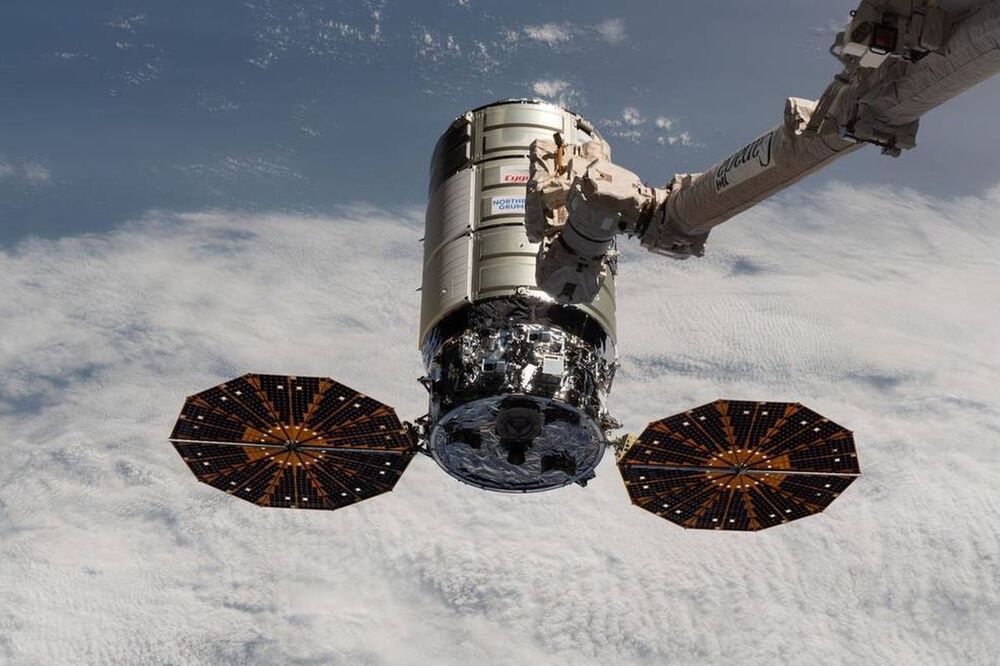Page 5781
Jan 3, 2021
Biochemists Switch DNA Functions on and Off Using Light
Posted by Quinn Sena in categories: bioengineering, biotech/medical, chemistry, genetics
Biochemists use protein engineering to transfer photocaging groups to DNA.
DNA (deoxyribonucleic acid) is the basis of life on earth. The function of DNA is to store all the genetic information, which an organism needs to develop, function and reproduce. It is essentially a biological instruction manual found in every cell.
Biochemists at the University of Münster have now developed a strategy for controlling the biological functions of DNA with the aid of light. This enables researchers to better understand and control the different processes which take place in the cell – for example epigenetics, the key chemical change and regulatory lever in DNA.
Jan 3, 2021
Scientists Replicate Self-Cleaning Anti-reflective Nanocoating of Insects’ Eyes
Posted by Quinn Sena in categories: biotech/medical, computing, economics, media & arts, nanotechnology
Scientists from Russia and Switzerland have probed into nanostructures covering the corneas of the eyes of small fruit flies. Investigating them the team learned how to produce the safe biodegradable nanocoating with antimicrobial, anti-reflective, and self-cleaning properties in a cost-effective and eco-friendly way. The protection coating might find applications in diverse areas of economics including medicine, nanoelectronics, automotive industry, and textile industry. The article describing these discoveries appears in Nature.
Scientists from Far Eastern Federal University (FEFU, Russia) teamed up with colleagues from University of Geneva, The University of Lausanne, and Swiss Federal Institute of Technology in Zurich for an interdisciplinary research project during which they were able to artificially reproduce the nanocoating of the corneas of fruit flies (Drosophila flies) naturally designed to protect the eyes of the insects from the smallest dust particles and shut off the reflection of light.
The craft of nanocoating meets demands in various fields of economics. It can wrap up any flat or three-dimensional structure, and, depending on the task, give it anti-reflective, antibacterial, and hydrophobic properties, including self-cleaning. The latter, for example, is a very important feature for expensive reusable overnight ortho-k lenses that correct the eyesight. Similar anti-reflective coatings are already known though created by more complex and costly methods. They are being used on the panels of computers, glasses, paintings in museums can be covered with them in order to exclude reflection and refraction of light.
Jan 3, 2021
India’s first driverless metro train: 10 things to know
Posted by Quinn Sena in categories: robotics/AI, transportation
The operationalisation of these trains is a major technologcal milestone for the DMRC and the country. The 57-km Pink Line (Majlis Park–Shiv Vihar) will also have driverless operations by mid-2021, the DMRC said on Sunday.
Jan 3, 2021
Nestron Cube Two Is the Tiny House With Its Own AI Assistant
Posted by Omuterema Akhahenda in categories: habitats, robotics/AI, space, sustainability
The tiny house we’re going to discuss today won’t buy you freedom like trailer-based models, but it compensates for that with its own AI assistant. It’s smart, it’s tiny, it can be solar powered if you want, and it’s still very chic. It’s dubbed the next-generation tiny house: the Cube Two from Nestron.
You don’t have to actually live large in order to live large. Tiny houses are a good option when it comes to minimizing your footprint, downsizing costs and not sacrificing anything but space you probably wouldn’t be using either way.
Jan 3, 2021
Desalination Breakthrough Could Lead to Cheaper Water Filtration
Posted by Quinn Sena in categories: chemistry, energy, food, health, nanotechnology, sustainability
AUSTIN, Texas — Producing clean water at a lower cost could be on the horizon after researchers from The University of Texas at Austin and Penn State solved a complex problem that had baffled scientists for decades, until now.
Desalination membranes remove salt and other chemicals from water, a process critical to the health of society, cleaning billions of gallons of water for agriculture, energy production and drinking. The idea seems simple — push salty water through and clean water comes out the other side — but it contains complex intricacies that scientists are still trying to understand.
The research team, in partnership with DuPont Water Solutions, solved an important aspect of this mystery, opening the door to reduce costs of clean water production. The researchers determined desalination membranes are inconsistent in density and mass distribution, which can hold back their performance. Uniform density at the nanoscale is the key to increasing how much clean water these membranes can create.
Summary: Study supports the theory that highly specialized neurons in the brain are key to translating diverse visual stimuli into behavior.
Source: Max Planck Institute.
Retinal ganglion cells (RGCs) are the bottleneck through which all visual impressions flow from the retina to the brain. A team from the Max Planck Institute of Neurobiology, University of California Berkeley and Harvard University created a molecular catalog that describes the different types of these neurons. In this way, individual RGC types could be systematically studied and linked to a specific connection, function and behavioral response.
Jan 3, 2021
Atlantic discovery: 12 new species ‘hiding in the deep’
Posted by Genevieve Klien in categories: climatology, sustainability
A dozen ocean species new to science could already be threatened by climate change, scientists find.
Jan 3, 2021
NASA Cygnus spacecraft to begin journey back to Earth Jan. 6
Posted by Genevieve Klien in category: space
Cygnus is scheduled to depart the International Space Station on Wednesday, Jan. 6, more than 3 months after delivering nearly 8000 pounds of supplies to austronauts all the way in outer space. Cygnus arrived at the space station Oct. 52020.
Jan 3, 2021
Abu Dhabi is going to build the world’s largest indoor farm
Posted by Raphael Ramos in categories: climatology, sustainability
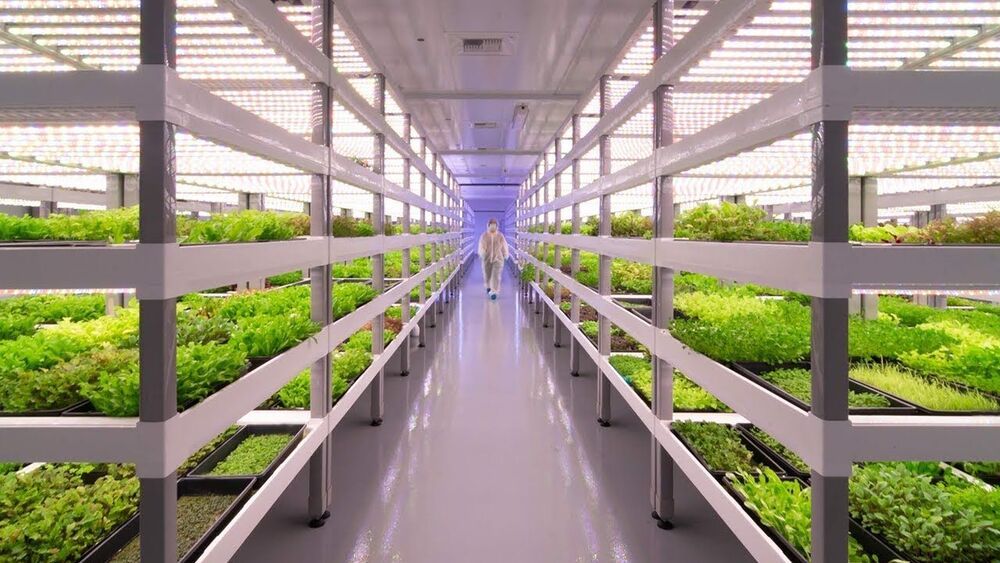
Considering the innovations in vertical farming, it seems indoor farming is gaining even more steam.
Abhu Dhabi is now about to build the world’s largest indoor farm; overcoming their desert climate and making efficient use of their limited water supply. It will be able to produce 10000 tonnes of fresh vegies every 12 months.
Continue reading “Abu Dhabi is going to build the world’s largest indoor farm” »

